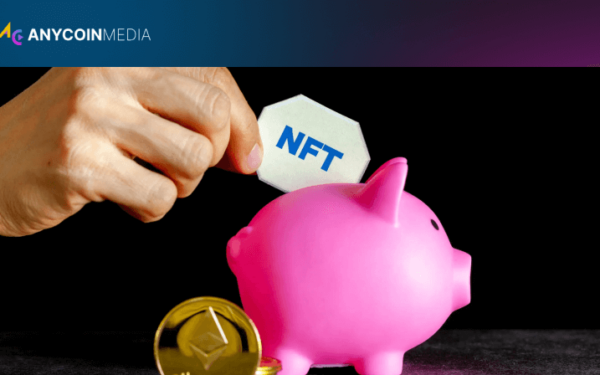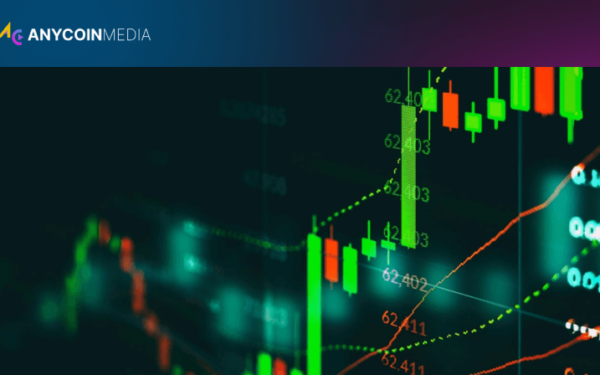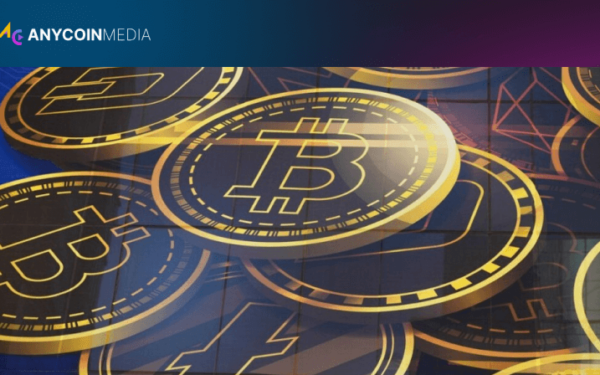Bitcoin ATMs, also known as BTMs, have emerged as a tangible bridge between the digital world of cryptocurrencies and the physical realm of cash transactions. These machines, first introduced in 2013, allow users to buy or sell Bitcoin and other cryptocurrencies using cash or debit cards. Unlike traditional ATMs, Bitcoin ATMs are not connected to a bank account but instead facilitate direct transactions with cryptocurrency exchanges or wallets.
Bitcoin ATMs operate on a simple principle: they convert cash into cryptocurrency or vice versa. These machines are connected to the internet and use specialized software to interact with the Bitcoin blockchain. When a user inserts cash, the machine credits their digital wallet with the equivalent amount of Bitcoin, minus any transaction fees.
The core components of a Bitcoin ATM include:
Some advanced models also feature:
Bitcoin ATMs come in various types, each offering different functionalities:
These machines only allow users to purchase Bitcoin or other cryptocurrencies. They’re simpler in design and operation, making them more common in areas with stricter regulations.
More versatile than their one-way counterparts, these ATMs enable both buying and selling of cryptocurrencies. Users can insert cash to buy Bitcoin or sell their Bitcoin for cash withdrawals.
While Bitcoin remains the primary focus, many modern BTMs support multiple cryptocurrencies such as Ethereum, Litecoin, and others. This expanded functionality caters to a broader range of crypto enthusiasts.
Using a Bitcoin ATM for the first time can be intimidating. Here’s a comprehensive guide to navigate the process:
Bitcoin ATMs typically charge higher fees compared to online exchanges. These fees can range from 5% to 20% of the transaction amount. The higher costs are due to several factors:
Transaction limits vary widely between machines and operators. Common limits include:
Higher limits may require additional identity verification steps.
Bitcoin ATMs offer unique benefits but also come with certain drawbacks:
Advantages:
Disadvantages:
The regulatory environment for Bitcoin ATMs varies significantly across different countries and even within regions of the same country. In the United States, for example, BTM operators must comply with:
These regulations often require operators to implement:
Some countries have banned Bitcoin ATMs altogether, while others have embraced them as part of their cryptocurrency ecosystem.
When using Bitcoin ATMs, security should be a top priority. Here are some key considerations:
As cryptocurrency adoption grows, the Bitcoin ATM industry continues to evolve. Several trends are shaping the future of BTMs:
The number of Bitcoin ATMs worldwide has grown exponentially since their introduction. As of 2021, there were over 20,000 BTMs globally, with the majority located in North America.
To better understand the role of Bitcoin ATMs in the cryptocurrency ecosystem, let’s compare them to online exchanges:
|
Feature |
Bitcoin ATMs |
Online Exchanges |
| Transaction Speed | Instant | Can take several days for fiat deposits |
| Fees | Higher (5-20%) | Lower (0.1-3%) |
| Accessibility | Limited by physical locations | Available anywhere with internet |
| Privacy | Potentially higher for small amounts | Varies, often requires extensive KYC |
| User Experience | Simple, familiar ATM interface | Can be complex for beginners |
| Currency Options | Limited to supported coins | Wide range of cryptocurrencies |
| Transaction Limits | Generally lower | Higher limits available |
| Payment Methods | Cash, sometimes debit cards | Bank transfers, credit cards, etc. |
This comparison highlights that while Bitcoin ATMs may not be the most cost-effective option for frequent traders, they serve a unique role in providing quick, accessible cryptocurrency transactions, especially for cash-preferred users or those new to the crypto space.
In conclusion, Bitcoin ATMs represent a significant step in the mainstream adoption of cryptocurrencies, offering a tangible point of interaction for those looking to enter the digital currency world. While they come with higher fees and potential regulatory hurdles, BTMs provide a valuable service by bridging the gap between traditional fiat currencies and the emerging crypto economy. As the technology continues to evolve and regulations become more defined, Bitcoin ATMs are likely to play an increasingly important role in the broader financial ecosystem, providing convenient access to cryptocurrencies for a diverse range of users worldwide.





